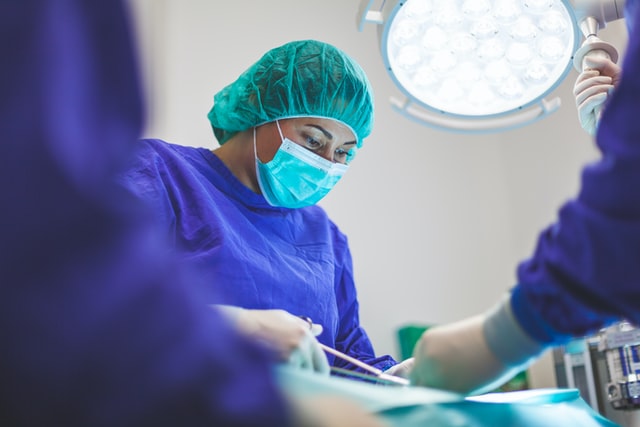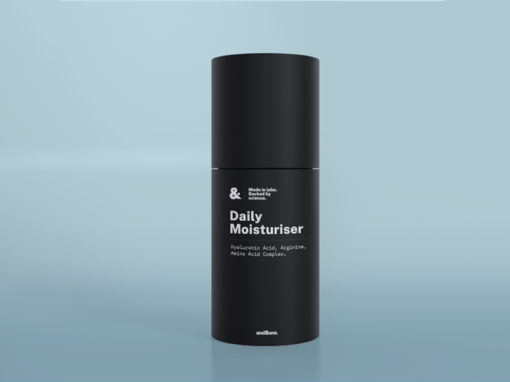The main reason why several men experience erectile dysfunction after prostate surgery is due to nerve damage.
The prostate region is a small walnut in shape which is wrapped around the urethra and located at the bottom region of the urinary bladder.
Damage to the nerves located on either side of the prostate is one of the reasons for ED after prostate surgery.
The main reason for nerve damage are:
- Nerve compression
- Clotting that happens within the blood vessels
- Nerve traction
- Cutting of tissues close to the walls of penis etc.
In the last decade, medical technology has immensely developed with advancements in surgical techniques such as robotic-assisted RP.
This will help to give the surgeon an expanded three-dimensional view of the operating area, helping to avoid any accidents.
People who undergo prostate surgery normally experience erectile dysfunction for a time period depending on the damage to the blood vessels muscles and are involved in successfully bringing an erection.
If the complications that occurred during the surgery are more, the time period for the recovery will also be increased.
The period could vary from a few weeks to even a year. So if you are struggling to achieve a proper erection one year after the surgery, understand that you are not alone. Research done by the Prostate Cancer Foundation has revealed that men who undergo prostate surgery will regain their healthy sexual function within a year.
In most cases, more than 80% of men have reported regaining their healthy sexual function within two years after the operation.
Some other factors that affect sexual health are:
- Diabetes
- Heart diseases
- Overweight
- Old age
- Excessive use of alcohol
- Sedentary lifestyle
- Smoking
Exercising regularly and following a healthy lifestyle will help you to quickly regain your erectile function after the surgery.
The article is a part of our comprehensive series on Erectile Dysfunction.
Erectile dysfunction treatment after prostate surgery
If you are struggling with Erectile Dysfunction (ED) after your prostate surgery, there are numerous treatment options available that will give you lasting results.
Here are some to consider:
Cavernous nerve interposition grafting
Research has proven that microsurgical end-to-side grafting of the sural nerve located in the leg to the cavernous bodies and femoral nerve could create lasting results in patients who had prostate surgery.
By using this surgical technique, it is possible to restore the nerve connection to the erectile tissue helping the patient to achieve an erection.
Prosthetic implants on penis
This is an effective treatment proven by research and can work well in patients over ten years.
These implants have an inflatable balloon located in the inner region and can be inflated by means of a pump in the scrotum.
Shockwave therapy
This method helps to stimulate the growth of minute blood vessels in the penis region, helping in retaining the function and sensitivity.
Medicines

1. Phosphodiesterase Type 5 Inhibitors
Medications such as tadalafil, sildenafil, and vardenafil can help to improve erectile function by enhancing the blood flow to the penis region.
These drugs are known to be 75% effective and have to be used every night as advised.
These drugs help minimise the breakdown of cyclic guanosine monophosphate. This is a substance that causes the relaxation of smooth muscles in the penis. Thus the blood flow to the penis region will be enhanced, resulting in an erection.
2. Injections in the penis region
In this method, drugs are directly injected into the corpora cavernosa of the penis by means of small needles.
The most common type of drug that is used in injection is Alprostadil. This causes 3′,5′-cyclic adenosine monophosphate to increase in the erectile tissue region.
One of the common drugs that are used in injection is Alprostadil, which causes the 3′,5′-cyclic adenosine monophosphate (signalling peptide)within the erectile tissue to increase.
Intraurethral insertion is done for those who don’t like penile injections.
Contact us at andSons Singapore and get evaluated for a suitable treatment plan.
References
Jessica C,Emanu, Isabelle K.Avildsen, and Christian J. Nelson(1 Mar 2017)Erectile Dysfunction after Radical Prostatectomy: Prevalence, Medical Treatments, and Psychosocial Interventions, Available at https://www.ncbi.nlm.nih.gov/pmc/articles/PMC5005072/ [Accessed 19 Sep 2021]
Andrew R McCullough(7 June 2005)Sexual Dysfunction after Radical Prostatectomy, Available at https://www.ncbi.nlm.nih.gov/pmc/articles/PMC1477599/ [Accessed 19 Sep 2021]


